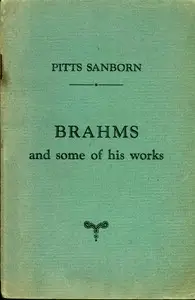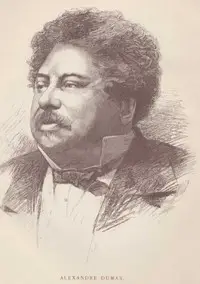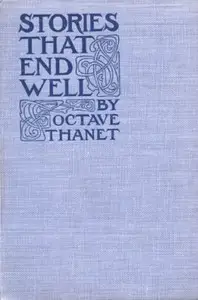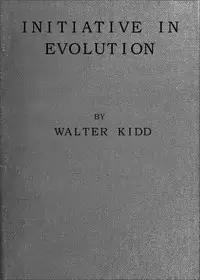"Ludwig van Beethoven" by Pitts Sanborn is a biography that delves into the life and works of the iconic composer during the early to mid-20th century. This book provides an insightful exploration of Beethoven's creative process and significant compositions, intended for readers interested in classical music and the trials faced by one of its most celebrated figures. The book chronicles Beethoven’s journey from a talented child in Bonn to becoming a revolutionary figure in music, highlighting key milestones such as his training with Haydn, the prolific output of symphonies, concertos, and chamber music, and the personal struggles he endured, including his increasing deafness. Sanborn analyzes the characteristics of Beethoven's compositions, including the famous "Eroica" Symphony, the "Pastoral" Symphony, and the ninth Symphony with its choral finale based on Schiller's "Ode to Joy." Through detailed examinations, the biography emphasizes Beethoven's innovative spirit, emotional depth, and lasting impact on Western music, offering readers a comprehensive understanding of both the man and his monumental legacy. (This is an automatically generated summary.)

Ludwig van Beethoven
By Pitts Sanborn
"Ludwig van Beethoven" by Pitts Sanborn is a biography that delves into the life and works of the iconic composer during the early to mid-20th century...
Pitts Sanborn, was born John Pitts Sanborn in Port Huron, Michigan. He dropped the "John" for most of his professional career. After graduating Harvard in 1900, he established himself as a music critic, writing for the New York Globe, New York Mail and finally New York World-Telegram. As a poet he was published in Trend, for which he served as an editorial staffer beginning in 1914. As a novelist, his 1929 novel Prima Donna was called by one New York Times critic “an amazing achievement; nothing quite like it has been done in this country before.” He went on to put Sanborn in the same league as Willa Cather, Edith Wharton and Thornton Wilder. Sanborn was remarked upon as one of the great originals of 1920s-1930s culture. Sanborn's wealth of connections in intellectual and cultural circles included Van Wyck Brooks, Rosa Ponselle, Mark Van Doren and Llewelyn Jones. His friendship with Wallace Stevens had a great influence on Stevens’ interest in music and thus his poetry. He was a good friend and sometimes lover of Carl Van Vechten, whom he convinced to assume the editorship of Trend. He was also a radio commentator for the Philadelphia Orchestra. Sanborn died at 61 of an apparent heart attack in his Greenwich Village apartment a few hours after he had attended a performance at the Metropolitan Opera House. He had just completed the first paragraph of his review.














